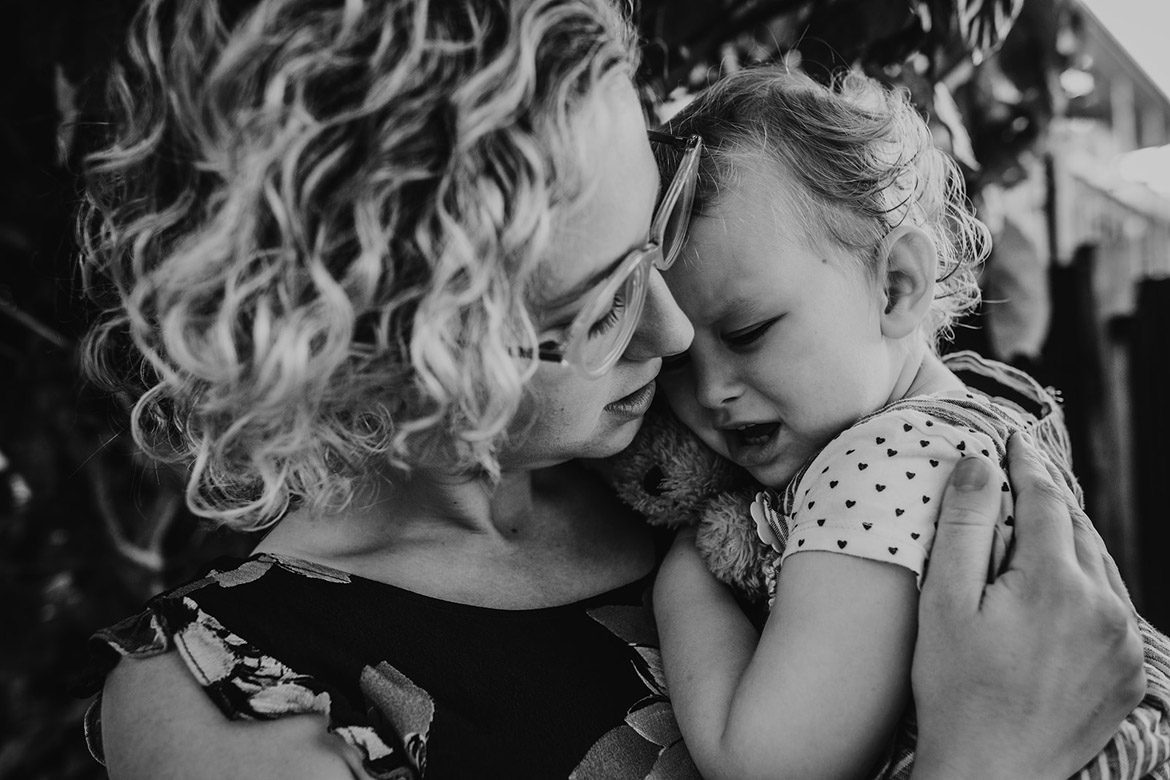By Mona Delahooke
Decades ago, when I was in graduate school studying child psychology, I was taught that children often do things to get “negative attention”. At my clinical training sites, it was common to hear things such as, “Oh, Johnny is creating drama to seek negative attention”, and “The best strategy is to ignore him.” When I questioned the reasoning behind this strategy, I was told that children act out because “negative attention is still attention, and children like to get attention”. Therefore, ignoring the child was an effective way to extinguish negative behaviors. Even though it was an answer, the reasoning behind this approach never really made sense to me.
Now that I’m three decades into my career as a child psychologist, I believe that the concept of “seeking negative attention” doesn’t have a basis in what we know about children’s social and emotional development. There’s another way of looking at behavioral challenges, and that’s through the lens of relational neuroscience. This lens helps us understand behaviors as what a child instinctively does to survive in a world that often feels threatening. This is especially true for children who are particularly vulnerable in light of developmental or behavioral challenges.
I learned that in order to truly understand the nature of a child’s behaviors, we need to have knowledge of the child’s individual differences, including how they interpret sensory information from the environment and from inside the body, which informs emotional and behavioral regulation.
I first began to view behavioral challenges through this different lens while working as part of a multidisciplinary team, whose members included occupational therapists, speech therapists, physical therapists, developmental pediatricians, and neurologists. Working alongside these professionals – who were, importantly, in disciplines outside of the mental health field – gave me the opportunity to study children’s behaviors from a variety of different perspectives. In doing so, I learned that there is so much more to behaviors than what we see at the surface. I learned that in order to truly understand the nature of a child’s behaviors, we need to have knowledge of the child’s individual differences, including how they interpret sensory information from the environment and from inside the body, which informs emotional and behavioral regulation.











